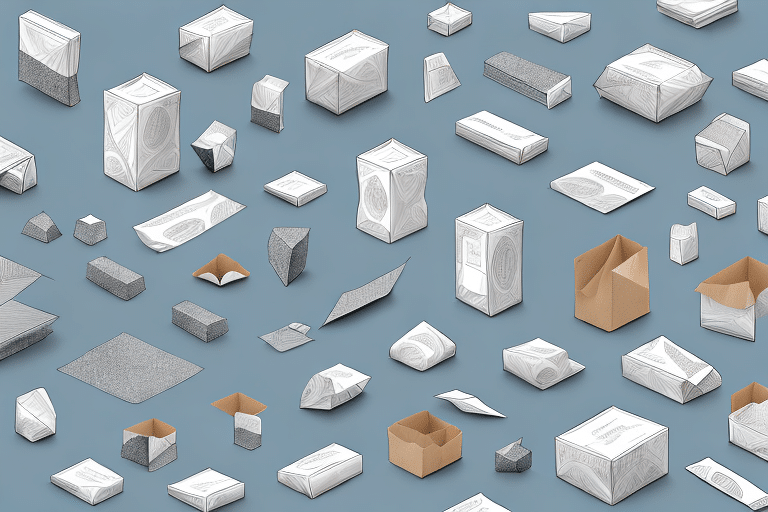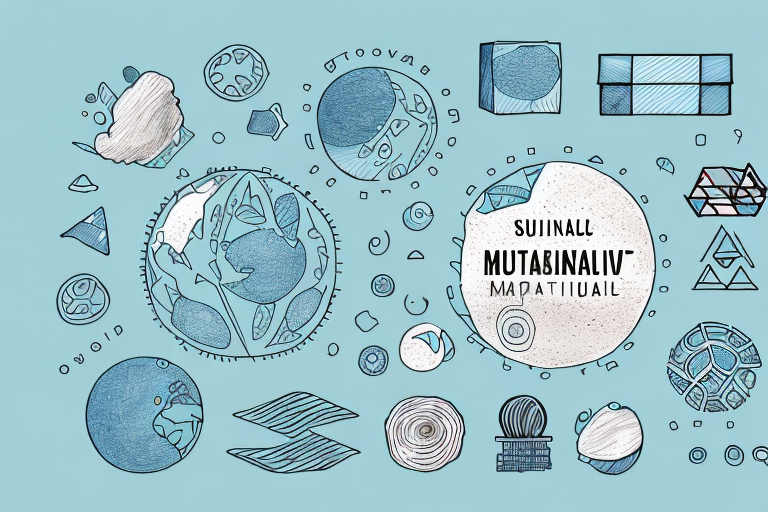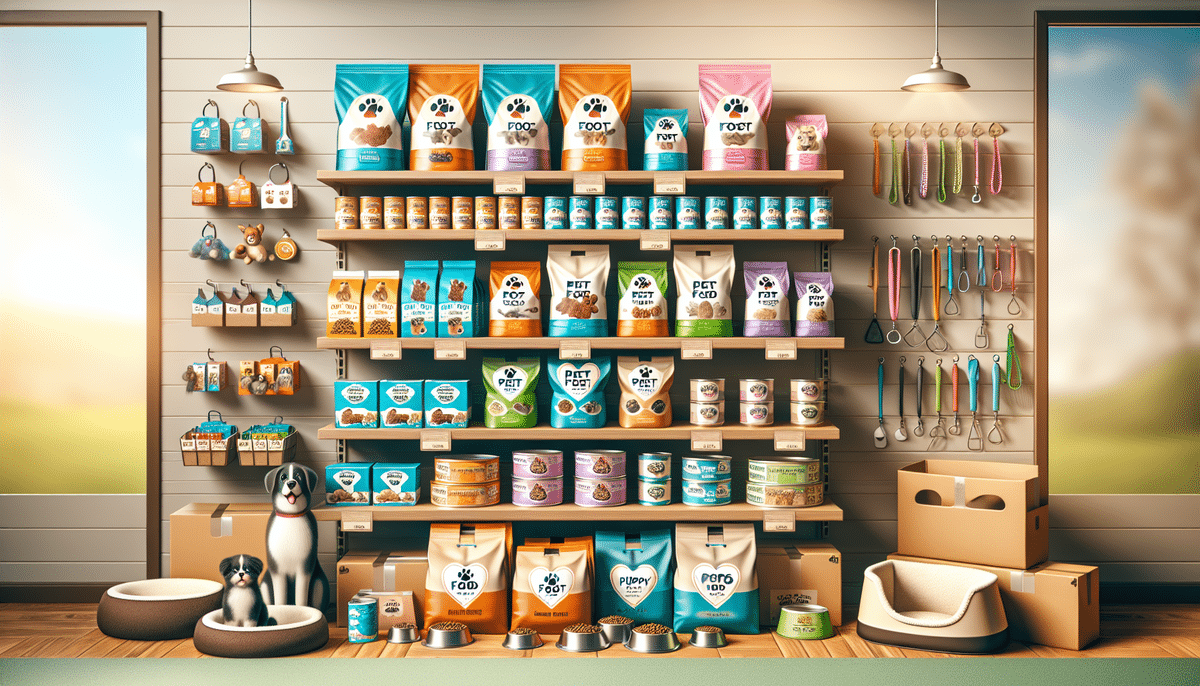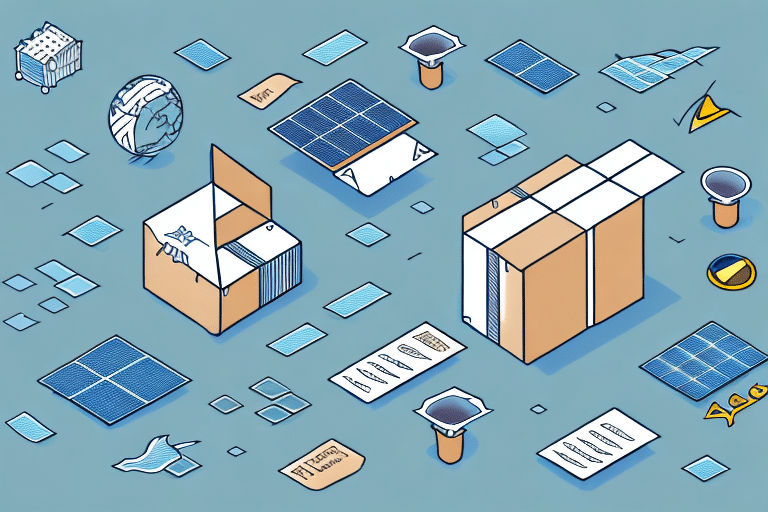Exploring Sustainable Product Packaging Solutions for a Greener Future
In today's world, sustainability has become one of the most pressing issues we face. With the effects of climate change becoming more pronounced and the need for environmentally friendly living becoming more urgent, finding sustainable solutions has become a top priority in all aspects of life. One particular area of focus is product packaging. From food to electronics, packaging plays a significant role in our daily lives. Unfortunately, traditional product packaging is far from sustainable, and its negative impact on the environment is staggering. This article explores sustainable product packaging solutions, highlighting innovative technologies and methods that are transforming the packaging industry for the better.
The Problems with Traditional Product Packaging
Environmental Impact of Conventional Materials
The majority of traditional packaging is made from plastic, which is not biodegradable. This means it remains in the environment indefinitely, threatening wildlife and polluting our oceans and waterways. According to the National Geographic, over 8 million tons of plastic enter the oceans each year. The production of plastic packaging is also resource-intensive, resulting in significant greenhouse gas emissions that contribute to global warming.
Waste Management Challenges
In addition to plastics, other harmful materials such as styrofoam, cellophane, and PVC are commonly used in product packaging. The waste generated from these materials is staggering, with landfills and oceans inundated with trash that will persist for hundreds of years. The Environmental Protection Agency (EPA) reports that only a small percentage of plastic packaging is recycled, exacerbating the waste problem.
Innovative Sustainable Packaging Solutions
Biodegradable Packaging
Biodegradable packaging is one of the most talked-about sustainable solutions. Materials such as cornstarch, bamboo, and recycled paper can break down naturally in the environment, reducing the amount of waste that ends up in landfills and oceans. These materials decompose into non-toxic components like water, carbon dioxide, and biomass, minimizing environmental harm. According to a study by ScienceDirect, the use of biodegradable materials can significantly decrease the carbon footprint of packaging.
Recycled and Upcycled Materials
Using recycled or upcycled materials is another effective approach to sustainable packaging. This technique involves repurposing materials that would otherwise be discarded, thereby reducing the need for new resources. Recycling and upcycling not only lessen the environmental impact but also reduce production costs. For instance, companies like Adidas have developed products made from recycled plastics, demonstrating the viability of this approach.
Smart and Edible Packaging
Smart packaging incorporates technologies such as sensors that can detect spoilage or tampering, thereby reducing food waste and enhancing sustainability. Additionally, edible packaging, made from materials like seaweed, offers a novel solution that eliminates waste entirely. According to a report by Futurity, edible packaging has the potential to revolutionize the way we think about waste.
The Rise of Sustainable Packaging in the Industry
Consumer Demand Driving Change
Consumer awareness and demand for eco-friendly packaging are significant drivers of sustainable packaging solutions. People are increasingly opting for products with minimal or biodegradable packaging, pushing companies to adopt more sustainable practices. A survey by Nielsen found that 73% of global consumers say they would definitely or probably change their consumption habits to reduce their environmental impact.
Corporate Initiatives and Circular Economy
Many companies are embracing the concept of the circular economy, where materials are reused and recycled to create a closed-loop system. This approach not only reduces waste but also conserves resources. For example, Unilever has pledged to halve its use of virgin plastic by 2025 and increase its use of recycled plastic in packaging.
Challenges and Limitations
Cost and Accessibility
Despite the benefits, there are challenges to implementing sustainable packaging solutions. Many eco-friendly materials are more expensive than traditional options, making them less attractive to manufacturers. Additionally, there is often a lack of infrastructure to support the recycling and composting of certain materials, limiting their effectiveness.
Technological and Logistical Hurdles
Developing and scaling innovative packaging technologies can be challenging. Smart packaging, for example, requires advanced technology integration, which can be costly and complex. Furthermore, ensuring that edible packaging meets safety and regulatory standards is another hurdle that companies must overcome.
Future Trends and Predictions
Advancements in Biopolymers
The future of sustainable packaging lies in the continued development of biopolymers derived from natural materials such as corn or potato starch. These materials are biodegradable and do not release toxic chemicals when they decompose, offering a promising alternative to traditional plastics.
Collaborative Efforts and Partnerships
Collaboration between companies, governments, and environmental organizations will be crucial in achieving sustainability goals. Partnerships can facilitate the sharing of resources and knowledge, leading to more effective and widespread implementation of sustainable packaging solutions.
Case Studies: Success Stories in Sustainable Packaging
Adidas and Recycled Plastics
Adidas has made significant strides in sustainable packaging by developing shoes made from recycled plastics. This initiative not only reduces waste but also promotes the use of sustainable materials in the fashion industry.
Unilever's Plastic Reduction Pledge
Unilever has committed to reducing its plastic packaging use by half by 2025. The company is investing in research and development to create more sustainable packaging solutions, demonstrating leadership in corporate sustainability.
The Economic Benefits of Sustainable Packaging
Cost Savings and Efficiency
Adopting sustainable packaging can lead to long-term cost savings for companies. By reducing waste and using more efficient materials, businesses can lower their operational costs. Additionally, sustainable packaging can enhance brand reputation, attracting environmentally conscious consumers and potentially increasing sales.
Enhanced Brand Reputation
Companies that prioritize sustainability often enjoy improved brand loyalty and trust. Demonstrating a commitment to the environment can differentiate a brand in a competitive market, making it more appealing to today's eco-aware consumers.
Conclusion
The importance of sustainable product packaging solutions cannot be overstated. The packaging industry is a significant contributor to environmental degradation, but we are at a turning point. Advances in technology and the adoption of sustainable practices mean that a future where sustainable packaging is the norm is achievable. By embracing biodegradable materials, recycled and upcycled resources, and innovative technologies, we can mitigate the environmental impact of packaging and work towards a greener future for generations to come.








